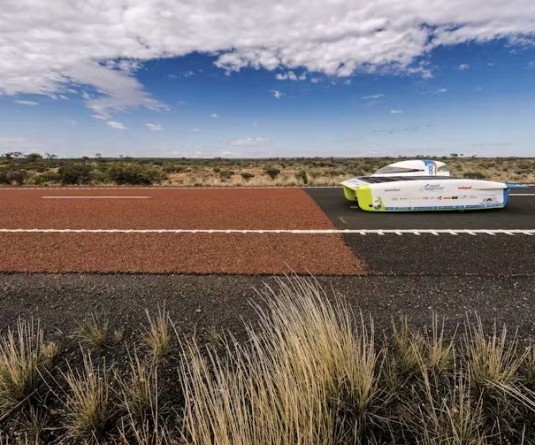Curious Kids: how do batteries work?
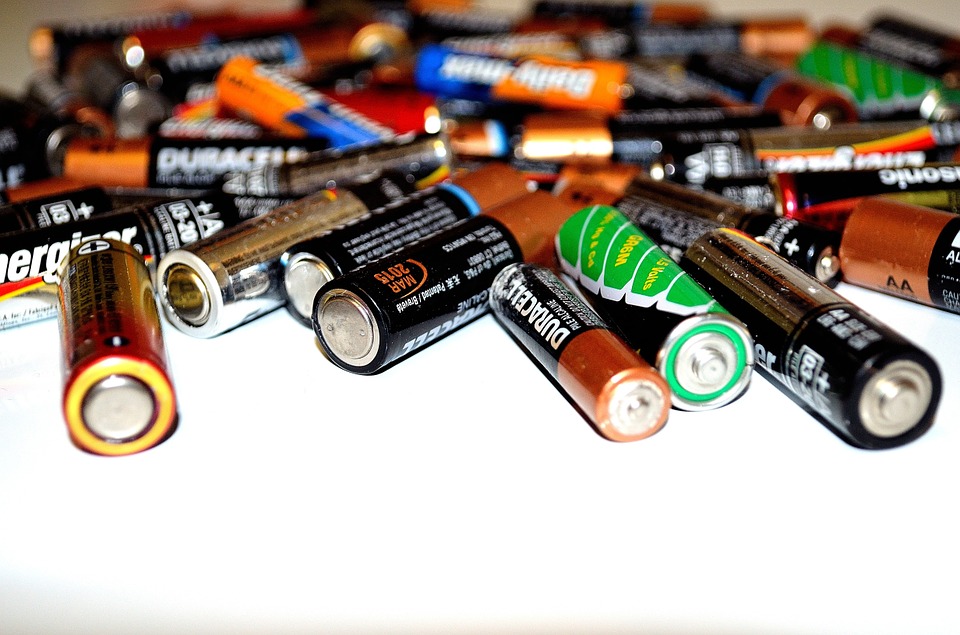
Image Courtesy. (pixabay.com)
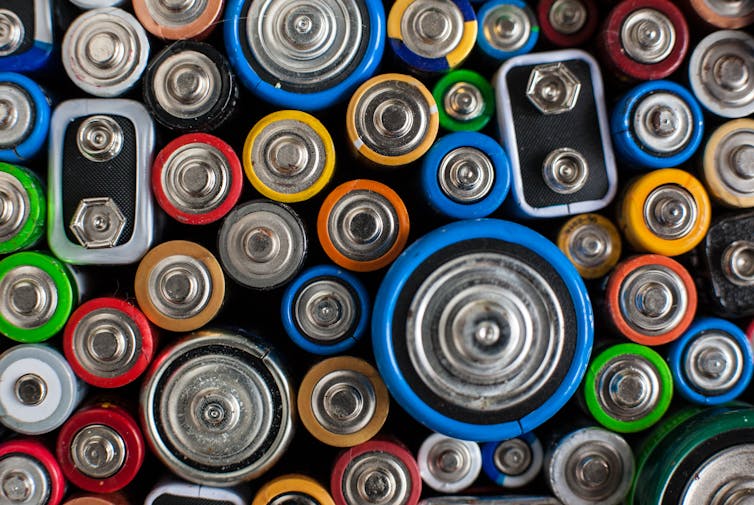
Roger Clarke, University of Bradford
How do batteries work? – Dominick, aged seven, Indiana, US.
A battery is a device that can make electricity, with the reaction of certain chemicals. Lots of different chemicals can be used in batteries – it depends how the battery is made, or what you’re using it for.
The rechargeable batteries used in smartphones or electric cars are called “lithium ion batteries”. But it’s really rare to see them, because they don’t normally need to be replaced and are hidden away safely inside.
You’re much more likely to see alkaline batteries, which are used in things like clocks, torches, remote controls and lots of other objects around the house. Strictly speaking, they should be called “alkaline cells”, since a battery is a number of cells connected together.

Curious Kids is a series by The Conversation, which gives children the chance to have their questions about the world answered by experts. If you have a question you’d like an expert to answer, send it to curiouskids@theconversation.com. We won’t be able to answer every question, but we’ll do our very best.
Making electricity
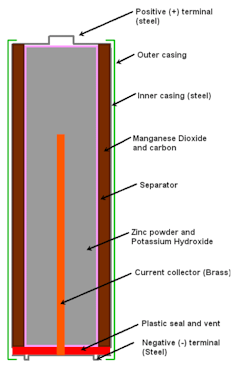
Inside the metal case of the alkaline cell there are three main chemicals: zinc, manganese dioxide and potassium hydroxide.
It might sound complicated, but the way the cell works to make electricity is actually pretty simple: a chemical reaction takes place, which moves tiny, negatively-charged particles called “electrons” around to create an electric current.
When the cell is connected to a circuit – like a light bulb, for example – the zinc inside reacts with the manganese dioxide and loses electrons.
The electrons are collected by a metal rod inside the cell, which allows them to flow from the bottom of the cell (the negative terminal), through the wires to the bulb (making it light up) and then back into the top of the cell (the positive terminal).
This reaction produces around 1.5 volts of electricity. Because not many devices can work on 1.5 volts, very often two or four cells are used together to give more power. So four cells connected together (end to end) would give six volts.
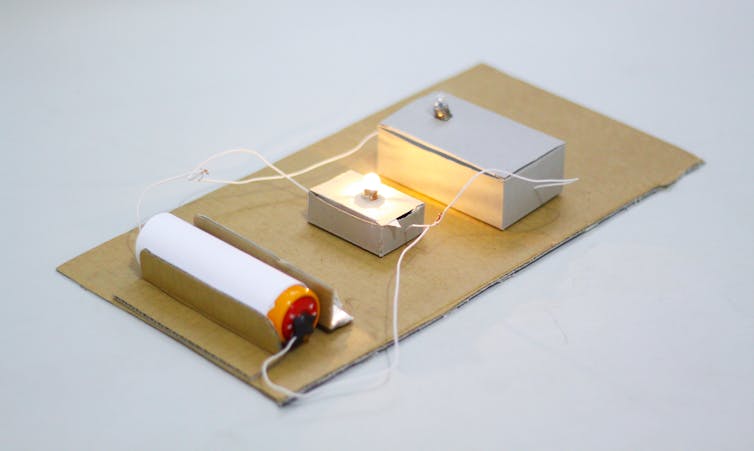
When most of the zinc has reacted with the manganese dioxide, we say the cell is “flat”, which means it can’t make any more electricity. Because the chemical reaction that takes place in alkaline cells cannot easily be reversed, it means that the cell can’t be recharged.
But remember, most cells and batteries can be recycled, so make sure you get rid of them carefully.
Reversing the reaction
All types of cells and batteries have a similar type of chemical reaction taking place to produce the electricity.
But in some types of cell or battery, the chemicals are different, and the reaction can be reversed. This way, the cells can be recharged – just like the lithium ion batteries in cars or smartphones.
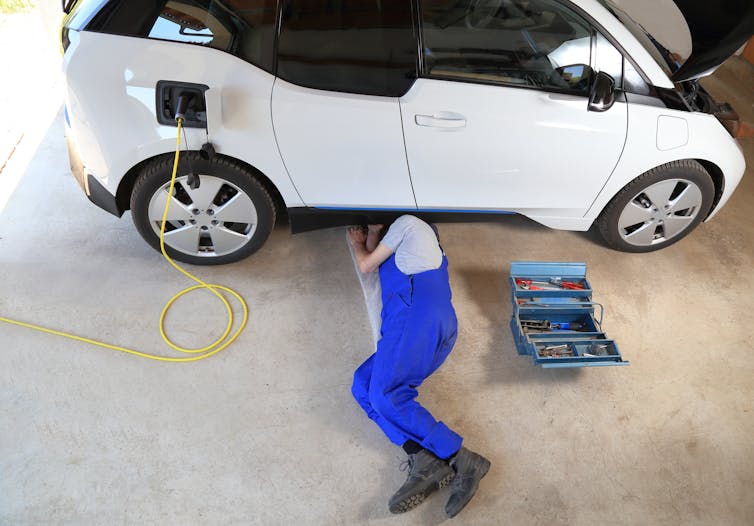
It used to be much cheaper to make non-rechargeable cells, like alkaline cells, so they were used very widely.
But now that people have recognised how bad for the environment it is to just throw away non-rechargeable cells, and since rechargeable cells are getting cheaper, we’ll probably use non-rechargeable cells less and less in the future.
Children can have their own questions answered by experts – just send them in to Curious Kids, along with the child’s first name, age and town or city. You can:
- email curiouskids@theconversation.com
- tweet us @ConversationUK with #curiouskids
- DM us on Instagram @theconversationdotcom
Here are some more Curious Kids articles, written by academic experts:
-
When fish get thirsty do they drink sea water? – Torben, aged nine, Sussex, UK.
-
Why do some animals have two different coloured eyes? – George, aged ten, Hethersett, UK.
-
How high could I jump on the moon? – Miles, aged five, London, UK.

Roger Clarke, Honorary Visiting Senior Research Fellow, University of Bradford
This article is republished from The Conversation under a Creative Commons license. Read the original article.





